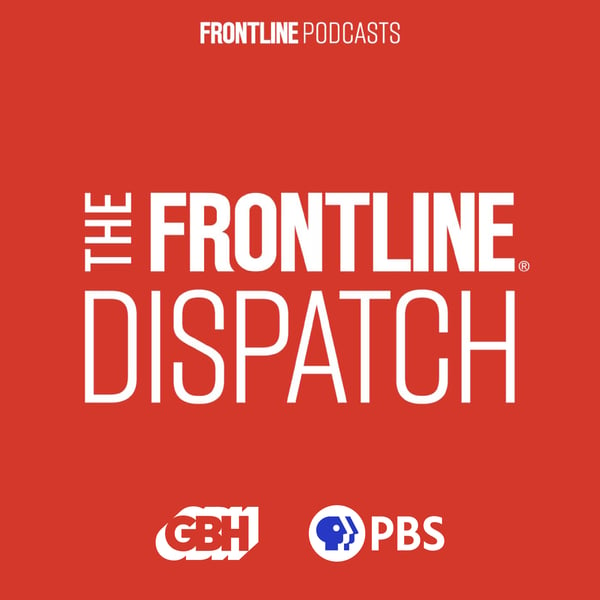How Boeing's Flawed 737 Max Made It Into the Air
The FRONTLINE Dispatch
GBH
4.6 • 1.1K Ratings
🗓️ 28 October 2021
⏱️ 28 minutes
🧾️ Download transcript
Summary
What did Boeing know about the potential for disaster with its 737 Max passenger jet, and when did the company know it? Tom Jennings, director of the FRONTLINE/New York Times documentary “Boeing’s Fatal Flaw,” and Times reporter David Gelles detail what their findings reveal about the lead-up to the two 737 Max plane crashes in 2018 and 2019 that killed 346 people.
In conversation with FRONTLINE Executive Producer Raney Aronson-Rath, Jennings and Gelles discuss what they learned about the technical issues with Boeing’s fastest-selling commercial jet, as well as how market pressures, corporate culture and failed regulatory oversight ushered a plane with a fatal design flaw into commercial service. Jennings and Gelles also discuss what’s changed since the crashes — and how they’d each feel about walking onto a Boeing plane now.
The documentary “Boeing’s Fatal Flaw” is now streaming on FRONTLINE’s website, the PBS Video app and FRONTLINE’s YouTube channel.
Transcript
Click on a timestamp to play from that location
| 0:00.0 | Bowing is one of the world's most iconic companies. However, their legacy was challenged when |
| 0:23.9 | tragedy struck in 2018 and 19. Two planes crashed. One in Indonesia and only five months later, |
| 0:41.2 | another in Ethiopia, killing a total of 346 people. It's the second disaster within five months, |
| 0:49.8 | involving the Boeing 737 MAX. That's the same kind of aircraft that crashed back in October in |
| 0:56.7 | Indonesia. Both involved the same kind of plane, the new 737 MAX, the fastest-selling jet in |
| 1:04.2 | Boeing's history. The likelihood that these two accidents were not in some way connected was |
| 1:12.1 | extremely low and it suggested that there was something going on with the plane and obviously we |
| 1:18.3 | were determined to find out. That's New York Times reporter Natalie Kitraff. Would Natalie and |
| 1:24.5 | our colleagues at the Times front line teamed up on this story. Together we investigated what |
| 1:29.8 | Boeing knew about the potential for disaster and when the company knew it. We're here with |
| 1:35.4 | front line director Tom Jennings and Times reporter David Gellis who will help us to understand |
| 1:40.9 | the market pressures, corporate culture and failed oversight that led to the deadly crashes |
| 1:47.0 | and who if anyone has been held accountable. I'm Rainy Ernst and Wrath, executive producer |
| 1:52.8 | of Frontline and this is the Frontline Dispatch. The Frontline Dispatch is made possible by the Abrams |
| 2:03.3 | Foundation, committed to excellence in journalism and by the WGBH Catalyst Fund. Support for the |
| 2:09.7 | Frontline Dispatch also comes from the Massachusetts General Hospital Cancer Center. Early detection |
| 2:14.5 | is key to catching and treating many cancers. You can learn more about the innovative programs at |
| 2:19.8 | massgeneral.org slash cancer. Massgeneral Cancer Center. Every day amazing. |
| 2:28.6 | The Frontline Dispatch is made possible by the Abrams Foundation, committed to excellence in |
| 2:33.4 | journalism and by the Frontline Journalism Fund with major support from John and Joanne Hagueller. |
| 2:39.6 | Support for Frontline Dispatch comes from the Massachusetts General Hospital Cancer Center, |
| 2:43.7 | dedicated to providing compassionate care and cancer specialists who are experienced in the |
... |
Please login to see the full transcript.
Disclaimer: The podcast and artwork embedded on this page are from GBH, and are the property of its owner and not affiliated with or endorsed by Tapesearch.
Generated transcripts are the property of GBH and are distributed freely under the Fair Use doctrine. Transcripts generated by Tapesearch are not guaranteed to be accurate.
Copyright © Tapesearch 2025.

